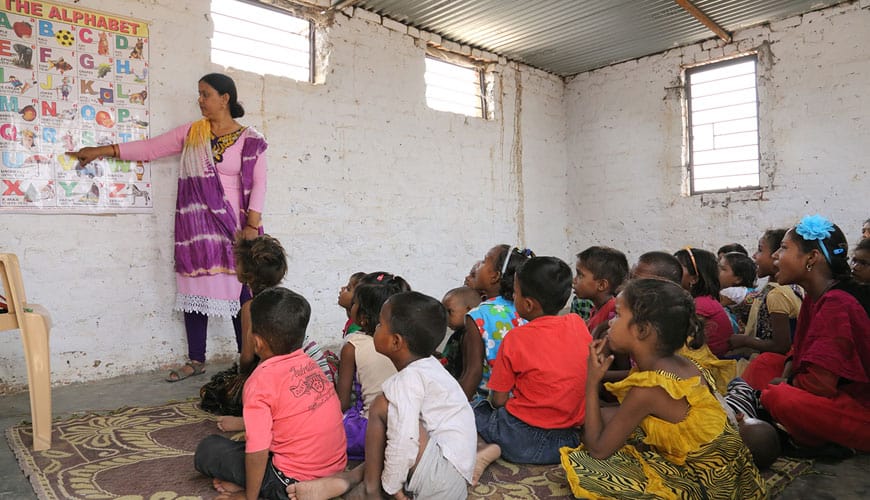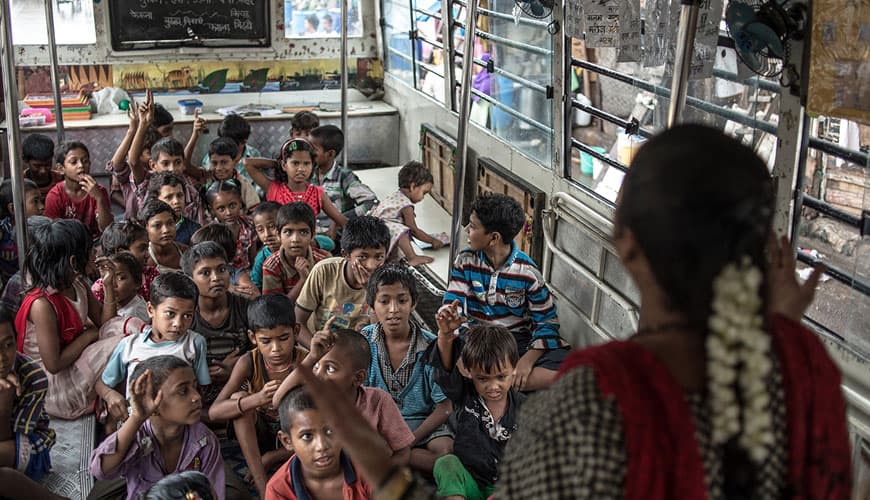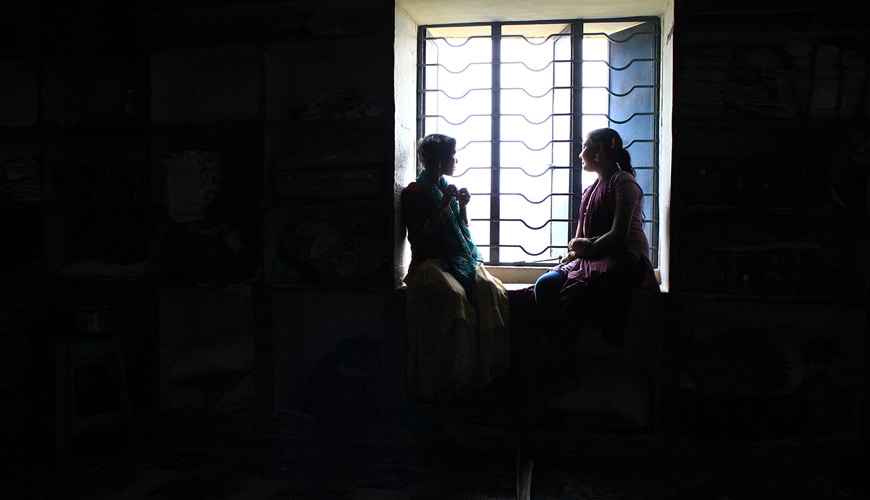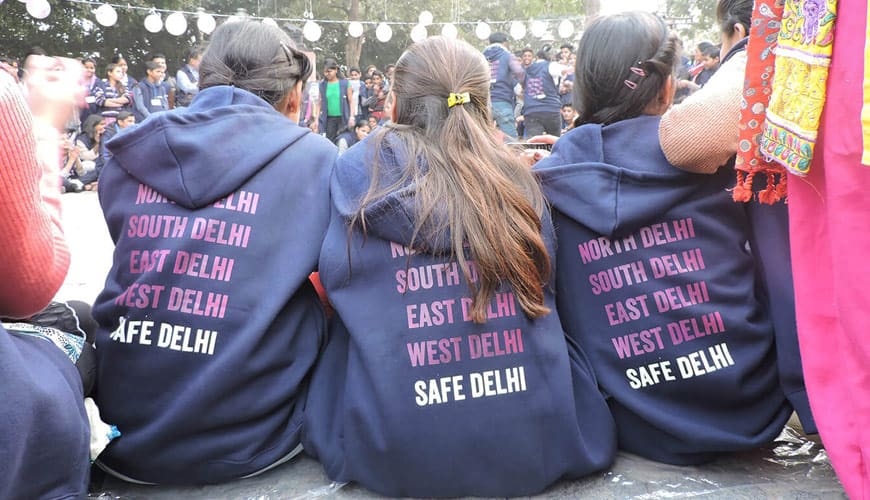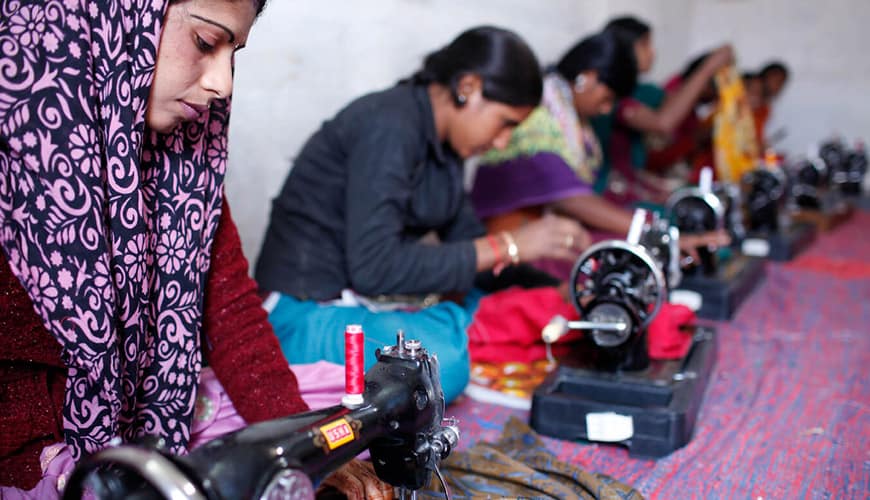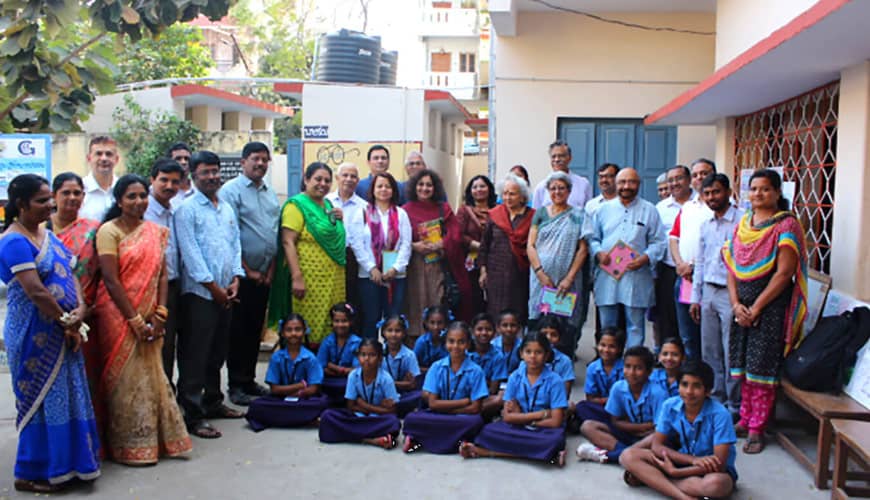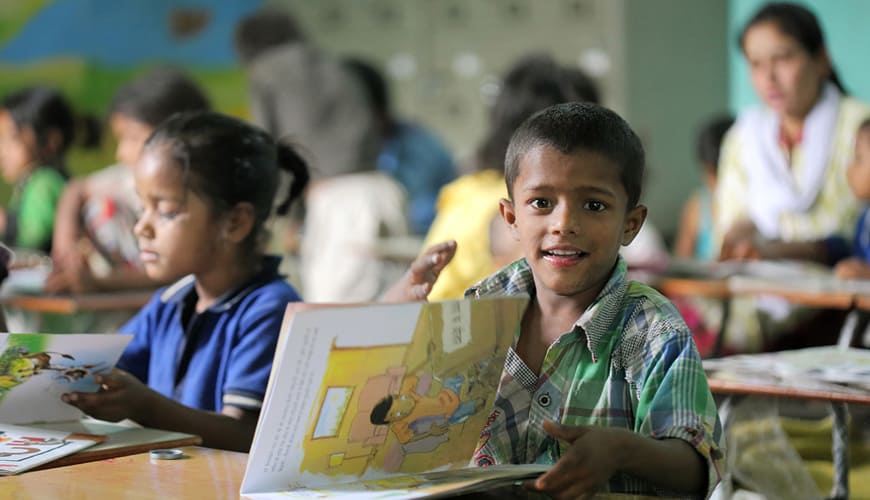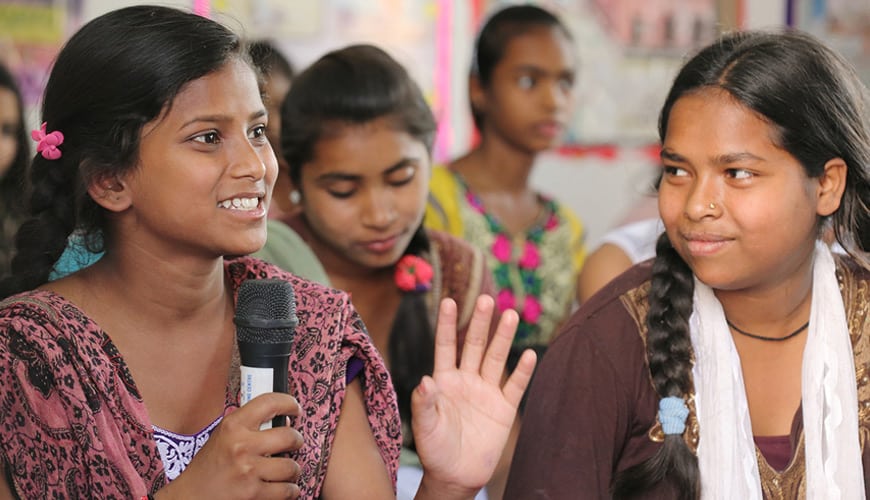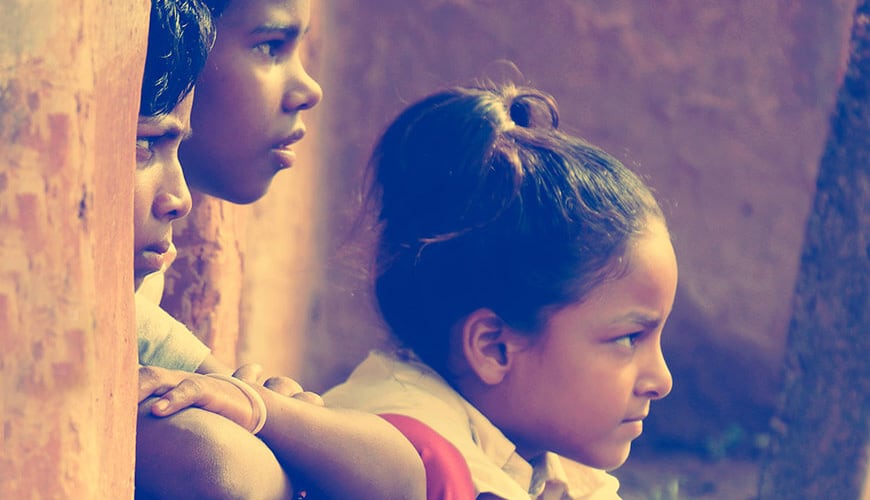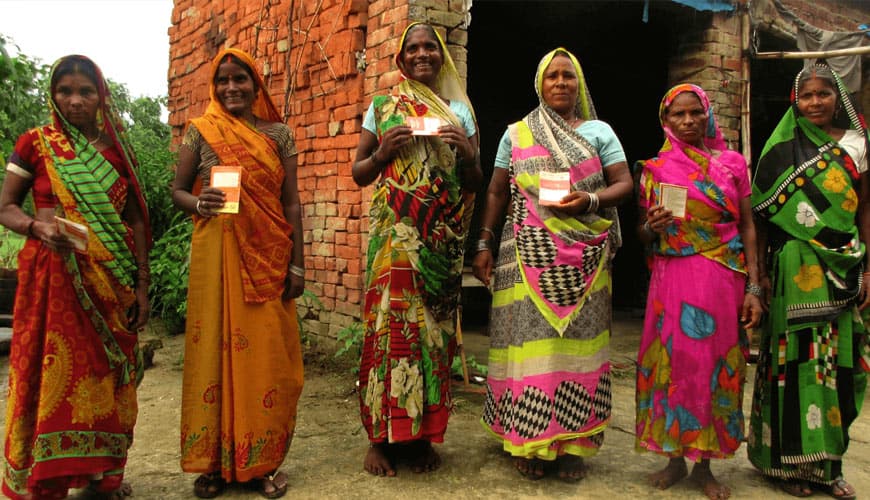Under the ECCD programme Plan India has set up crèches across Delhi, Hyderabad and Bangalore to provide children of construction site workers with pre-school early education, nourishment, immunisation and healthcare.
With the rapid rise of urbanisation in India, approximately 35 million men and women make a living as construction workers. They live with their children in poverty ridden temporary settlements near construction sites where they are exposed to hazardous construction materials. Left unattended while their parents are busy working, these children are prone to accidents and abuse, putting their safety and well-being at severe risk.
In a survey conducted by Mobile Creches (a grassroots NGO), about 70% of these children suffer from malnutrition, compared to the national average of 21%. Early and timely interventions can positively affect the long term development of the child. Hence, Plan India designed the Early Childhood Care and Development (ECCD) programme to take care of children living at construction sites.
Since the launch of the programme in 2015, Plan India has set up 71 crèches across Delhi, Hyderabad and Bangalore to provide over 2,000 children between the age group of 6 months – 12 years with pre-school early education, nourishment, immunisation and healthcare.
Programme Activities
- Identifying suitable areas and establishing ECCD centres at/around construction sites for young children
- Organising developmentally appropriate learning activities for children to provide them with quality learning in a stimulating environment
- Providing nutrition to the children to address the issue of malnourishment
- Regularly organising health check-ups and immunisation and growth monitoring camps
- Raising awareness amongst parents and community leaders at construction sites on healthy child care practices and low cost nutritious food for children
- Organising capacity building programmes for facilitators on early learning curriculum and development of low cost toys and learning materials
Programme Objectives
- To provide Early Childhood Care and Education services to 15,000 children in the age group of 2 – 6 years from deprived families whose parents work at construction/building sites and reside in urban slums
- To ensure enrolment and continuation of primary education to 15,000 children in the age group of 6 -14 years from deprived families parents work at construction/building sites and reside in urban slums





